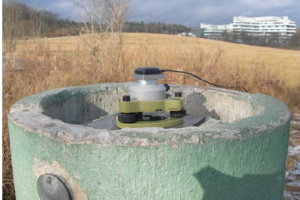

FIG Commission 5 - Positioning and Measurement |
|||
 |
|||
Working Group 5.5
|
|||
What we are working on -
|
 |
In 2019, WG efforts focused on processing techniques in three primary areas – firstly, more representative statistical error distributions for the non traditional sensors such as wifi and ultra wideband based on real-world data; secondly, the implementation of novel techniques such as differential wifi and information grammar as approaches to improving the positioning solution achievable from traditional sensor fusion techniques and thirdly, robust, decentralised fusion algorithms for scalable and practical collaborative networks. Contributions to each of these three areas were made by RMIT University, Australia, the University of Melbourne, Australia, the Ohio State University, USA, TU Wien, Austria, Athens Technical University, University of Padova, Padova, Indian Institute of Technology, Kanpur, India. The full details around these approaches, the research hypotheses, datasets used, experimental setups and results are detailed in publications from the collaborating researchers.
This WG undertook a follow up to the outreach program in Sri Lanka in 2018. Working collaboratively with the Sabaragamuwa University (Geomatics Department), a workshop was conducted specifically with a knowledge transfer focus. A key aspect of this workshop was a data collection campaign to evaluate the performance of GAGAN the Indian contribution to GNSS. We expect to continue to deepen this relationship in the future. Members of this WG are also very active in promoting the women in positioning, navigation and timing (PNT) activities underway in other professional associations such as the ION and RIN.